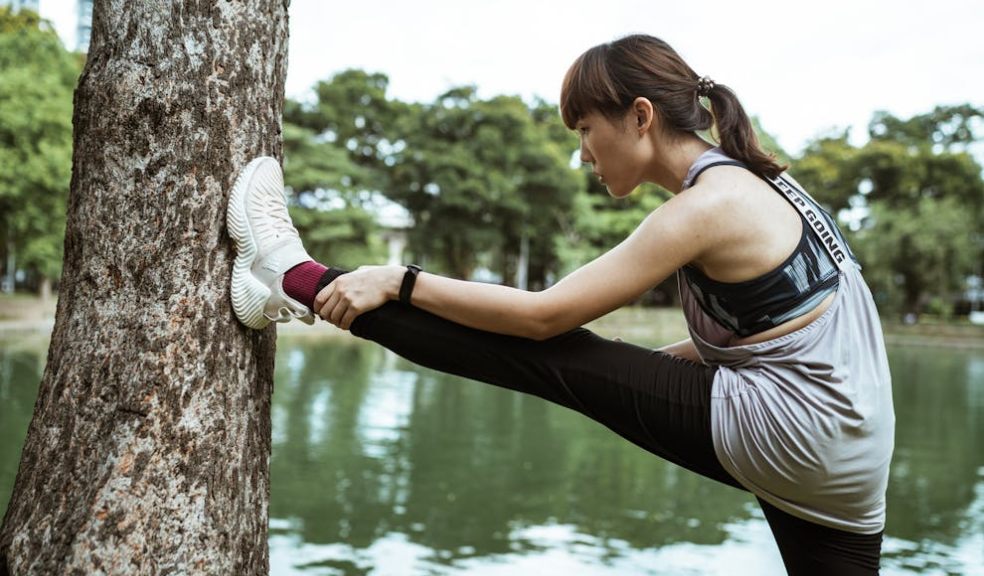
Common Sports Injuries And The Ways You Can Treat Them
Participating in sports is an excellent way to stay fit and healthy or become more active. Whilst sports can help you stay healthy, don’t ignore the risk of injuries that can occur. It doesn’t matter if you are a seasoned athlete or a weekend warrior; understanding common sports injuries and knowing how to treat them can make a significant difference in your recovery.
If you are keen to learn more, keep reading as we touch on several common sports injuries and provide you with effective treatment options.
Sprains and Strains
Sprains and strains are two of the most common sports injuries. It is highly likely that anyone who enjoys participating in sports will have likely sustained one of these injuries – or even both! However, what’s the difference?
A sprain involves the stretching or tearing of ligaments— the tough bands of fibrous tissue that connect bones at a joint. The most commonly affected areas of a sprain include the ankles, knees, and wrists. Strains, on the other hand, involve the stretching or tearing of muscles or tendons, and these injuries often occur in the back, hamstrings, and calves.
Treatment Options
So, how do you treat sprains and strains?
Rest: It’s crucial to rest the affected area to prevent further damage, so avoid putting weight or pressure on the injured limb.
Ice: Apply ice packs to the injury for 20 minutes at a time, several times a day, to help reduce swelling and numb the pain.
Compression: Use an elastic bandage to compress the area, which can help reduce swelling.
Elevation: Keep the injured limb elevated above the level of your heart to also help with minimising swelling.
Medication: Over-the-counter pain relievers such as ibuprofen can also help manage pain and inflammation.
Natural Remedies: Natural remedies can be a great option for treating mild aches and pains. For example, non-surgical relief from shoulder pain or to avoid having to take medication to help relieve pain from a sprained ankle. Consider researching natural remedies recommended for your particular injury before taking medication or other treatments if you feel well enough to do so.
Tendinitis
Tendinitis is the inflammation or irritation of a tendon, which is the thick fibrous cords that attach muscle to bone. What triggers tendinitis? The condition is often caused by repetitive movements and overuse. Common areas for tendinitis include the shoulders (rotator cuff tendinitis), elbows (tennis elbow), and knees (patellar tendinitis).
Treatment Options
When treating tendinitis, consider the following:
Rest: Stop the activity that caused the tendinitis to allow your tendon time to heal. For those in the sports world, this can be frustrating, but it’s an essential element in ensuring your body can return to normal.
Ice: Apply ice to the affected area to reduce inflammation and pain.
Anti-inflammatory Medications: Nonsteroidal anti-inflammatory drugs (NSAIDs) can help reduce pain and swelling. Always get permission from your doctor before starting a new medication to ensure it is safe for you to take.
Physical Therapy: A physiotherapist can design a programme to strengthen the muscles around the tendon, improving flexibility and reducing the risk of future injuries. Check out reviews online for the best physical therapists near you, or ask friends and contacts for recommendations.
Corticosteroid Injections: In severe cases of tendinitis, a doctor may recommend corticosteroid injections to reduce inflammation.
Fractures
A fracture is a break in the bone and can occur from a sudden impact or stress. Sports like football, basketball, and skiing have higher risks of fractures due to the physical contact and potential for falls. Fractures can be simple, with the bone remaining aligned, or compound, where the bone breaks through the skin.
Treatment Options
What are the ways to treat a fracture? Depending on the severity, treatments could include:
Immobilisation: A cast or splint is typically used to keep the broken bone in place while it heals.
Surgery: In cases where the fracture is severe, surgery may be required to insert pins, plates, or screws to stabilise the bone.
Rest: Allow ample time for the bone to heal by avoiding any strenuous activity.
Rehabilitation: Once the bone has healed, physiotherapy can help restore strength and flexibility to the affected area.
Dislocations
A dislocation occurs when the ends of your bones are forced out of their normal positions. This injury is common in contact sports such as rugby, football, and hockey. Dislocations can affect various joints, including shoulders, elbows, and fingers.
Treatment Options
Here’s how you can treat dislocations:
Reduction: A healthcare professional will need to manipulate the joint back into its proper position.
Immobilisation: After reduction, the joint may be immobilised with a splint or sling to allow for healing.
Rest and Ice: Rest the dislocated joint and apply ice to reduce pain and swelling.
Rehabilitation: Physiotherapy is essential to strengthen the muscles around the joint and prevent future dislocations.
Shin Splints
Shin splints refer to pain along the inner edge of the shinbone (tibia). This condition is common among runners and is usually caused by overuse, improper footwear, or running on hard surfaces.
Treatment Options
Here are the treatment options:
Rest: Cease the activity that caused the shin splints to allow your shins to heal.
Ice: Apply ice packs to your shins to reduce swelling and pain.
Proper Footwear: Ensure you have supportive shoes that fit well and replace them regularly.
Gradual Return to Activity: Once the pain subsides, gradually return to your activity, ensuring you increase intensity and duration slowly.
Strengthening Exercises: Strengthen your lower legs with specific exercises to prevent recurrence.
Concussions
A concussion is a type of traumatic brain injury caused by a blow to the head or body that causes the brain to move rapidly inside the skull. Concussions are common in contact sports like football, boxing, and rugby.
Treatment Options
What do you do when you get a concussion?
Rest: Both physical and cognitive rest are crucial. Avoid activities that require a lot of concentration or physical exertion.
Gradual Return to Activity: Follow a healthcare provider’s guidance to gradually resume activities once concussion symptoms have completely resolved.
Monitor Symptoms: Pay close attention to any persistent or worsening symptoms and seek medical attention if necessary. Concussions can be serious if left untreated, so it’s always best to seek advice from an experienced medical professional on your injury to ensure you get the treatment you need.
Preventive Measures
While it’s impossible to eliminate the risk of injury entirely, there are steps you can take to reduce the likelihood of getting hurt.
Proper Warm-Up: Always warm up before engaging in sports to prepare your muscles and joints for activity. It can be tempting to skip this stage of exercise, but it can be vital in helping to prevent injury from sports and should always be factored into your workout routine.
Use Correct Technique: Learn and use the proper techniques for your sport to avoid unnecessary strain on your body.
Wear Appropriate Gear: Ensure you have the right equipment, including protective gear like helmets, pads, and proper footwear.
Stay Hydrated: Dehydration can increase the risk of injury, so drink plenty of water before, during, and after exercise.
Listen to Your Body: Pay attention to pain and discomfort. Ignoring early signs of injury can lead to more severe problems.
Sports injuries are unfortunate but common parts of an active lifestyle. Understanding these injuries and knowing how to treat them means you can minimise downtime and get back to your favourite activities more quickly. Be sure to take advice from your doctor or medical professional when treating sports-related injuries, and always get their advice before starting a new medication.
Ultimately, prioritise prevention, and when injuries do occur, take the necessary steps to ensure a full and proper recovery. Your body will thank you for it.













